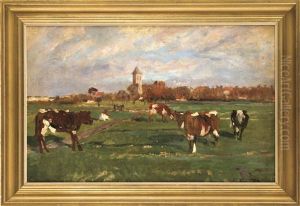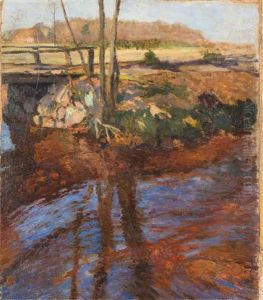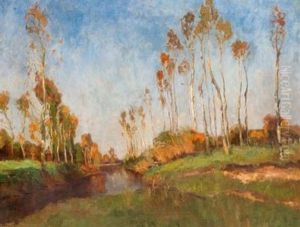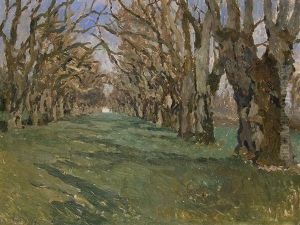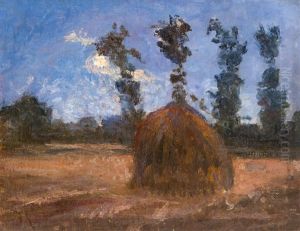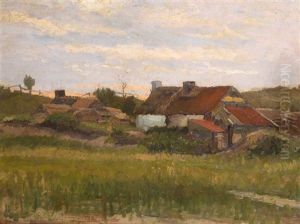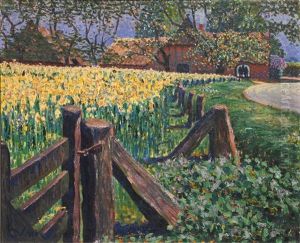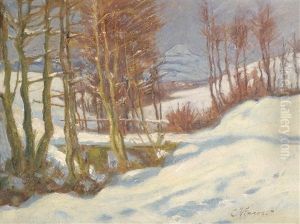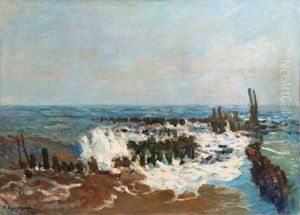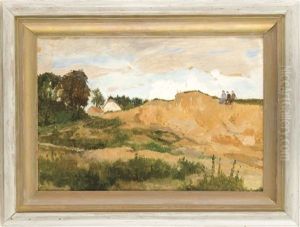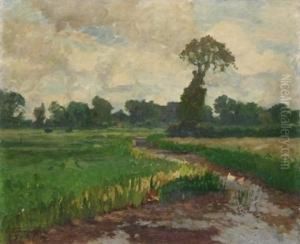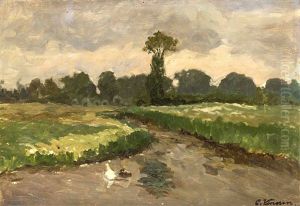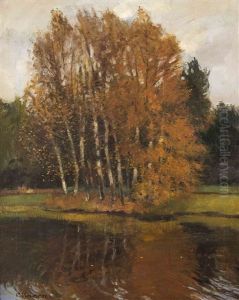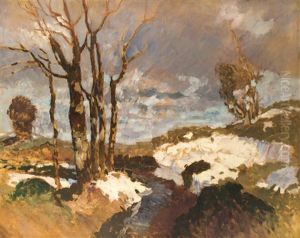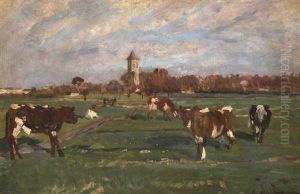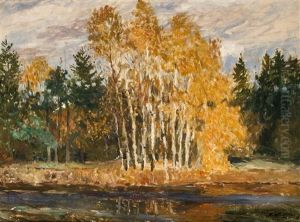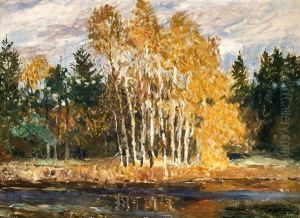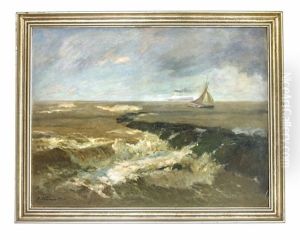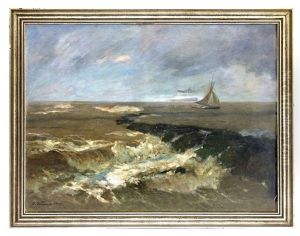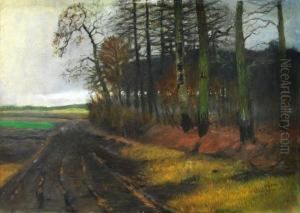Carl Vinnen Paintings
Carl Vinnen was a significant figure in the German art scene of the late 19th and early 20th centuries, known for his contributions as a painter and art writer. Born on February 9, 1863, in Bremen, Germany, Vinnen grew up in an environment that encouraged his artistic talents. He pursued his art education at various prestigious institutions, including the Academy of Fine Arts in Munich and later in Paris, where he was influenced by the Impressionist movement. Despite this, Vinnen developed a style that uniquely blended aspects of Impressionism with the more traditional German landscape painting techniques, resulting in works that were both innovative and deeply rooted in German artistic traditions.
Throughout his career, Vinnen was an ardent advocate for the recognition of German art, which was often overshadowed by the dominant French art scene of the time. In 1898, he played a pivotal role in founding the Worpswede Artist Colony, alongside other notable artists such as Fritz Mackensen and Otto Modersohn. This colony became a sanctuary for artists seeking to escape the urban environment and draw inspiration from the natural landscape, which deeply influenced Vinnen's own work. His landscapes and seascapes, characterized by bold colors and dynamic brushwork, captured the raw beauty of the northern German countryside and the North Sea coast.
In 1911, Vinnen authored a controversial manifesto titled 'A Protest of German Artists', criticizing the excessive influence of French Impressionism and advocating for a greater appreciation of German artistic traditions. This manifesto ignited a heated debate within the artistic community, reflecting the broader tensions of national identity and cultural influence in pre-World War I Europe.
Carl Vinnen's legacy is marked by his dedication to elevating German art and his contributions to the development of a distinct German landscape painting style. His works are celebrated for their emotional depth and technical mastery, and they continue to be exhibited in galleries and museums across Germany. Vinnen passed away on October 17, 1922, in Bremen, but his influence on German art and the Worpswede Artist Colony endures, highlighting his role as a key figure in the transition from traditional to modern art in Germany.
